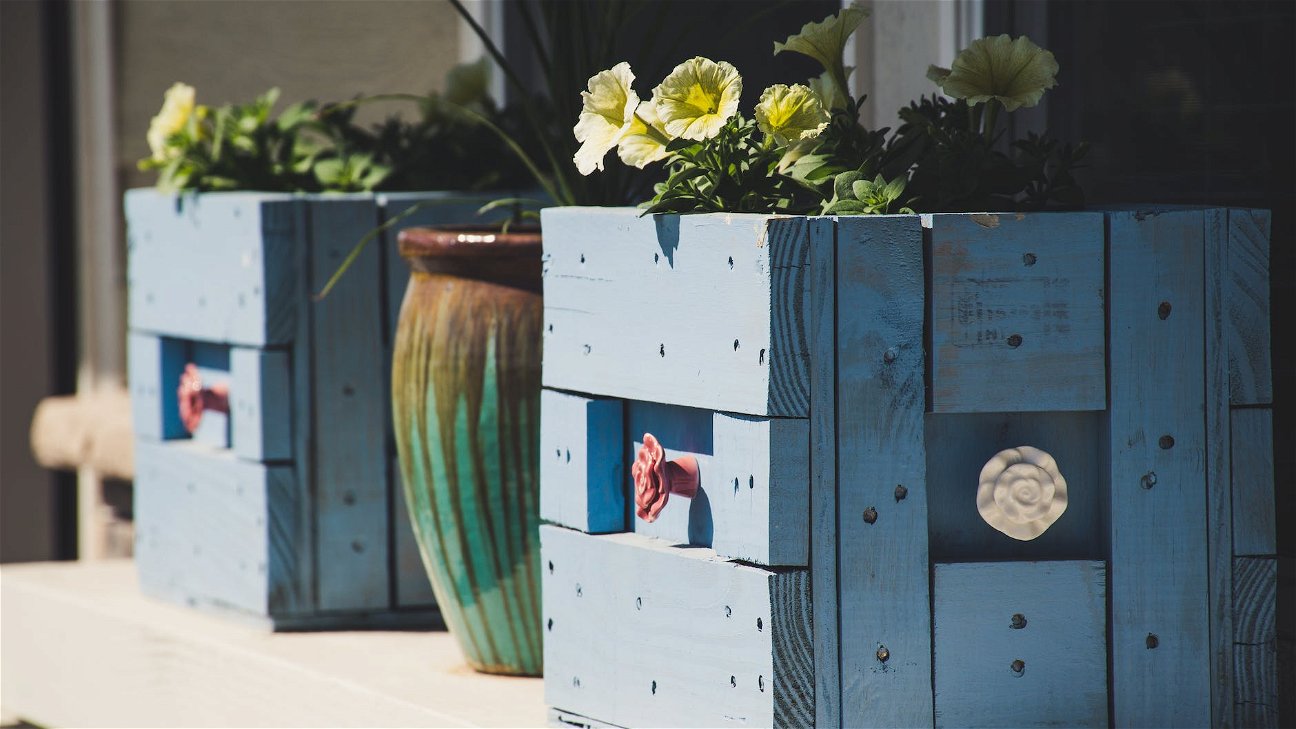
If you've ever been captivated by the sound of a violin and wished you could create such beautiful music, then this guide is for you. We'll cover everything from selecting your first violin to mastering the basic techniques.
Choosing your first violin
Whether you're purchasing or renting, choosing your first violin is a critical step in your journey. Here are a few things to consider:
-
Size: Violins come in various sizes, from full size (4/4) to 1/16 size for young children. Make sure you choose a size comfortable for you to hold and play.
-
Quality: Even as a beginner, it's important to select a violin of decent quality. A poorly made violin can be difficult to play and may discourage you from practicing.
-
Budget: Violins can range in price from under $100 to several thousands. Set a budget before you start shopping and stick to it.
Basic violin techniques
Once you have your violin, it's time to start learning some basics.
Violin Posture
Good posture is key to playing the violin effectively. Stand or sit up straight, hold the violin with your left hand and place your chin on the chin rest.
Violin Tuning
Each of the four strings on the violin is tuned to a specific note: G, D, A, E from lowest to highest. You can tune your violin using a chromatic tuner or a piano.
Bowing
Holding the bow correctly is vital for producing a good sound. Your thumb should be bent under the frog, fingers draped over the top, and pinky resting on the eye of the frog.
Fingering
You'll need to learn where to place your fingers on the violin's fingerboard to play different notes. This will involve some memorization and lots of practice.
Practice tips
Learning to play the violin requires consistent practice. Here are some tips to help you make the most of your practice sessions:
-
Establish a routine: Try to practice at the same time each day to establish a routine.
-
Start with scales: Scales and arpeggios are great for warming up and improving your fingering and bowing techniques.
-
Slow practice: Start out playing slowly and gradually increase your speed as you become more comfortable.
-
Use a metronome: A metronome can help you keep time and improve your rhythm.
Learning the violin is a challenging but rewarding journey. With patience, practice, and the right guidance, you'll soon be making beautiful music.










